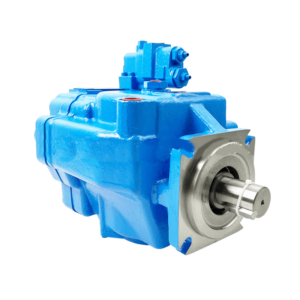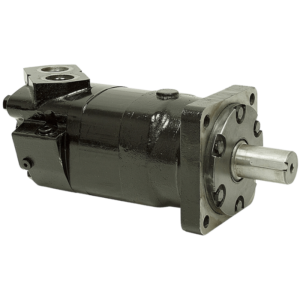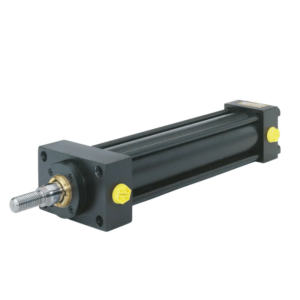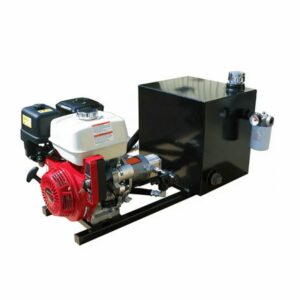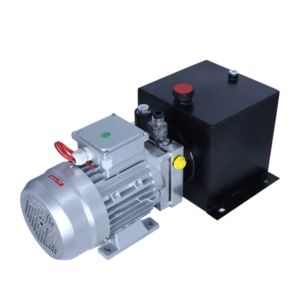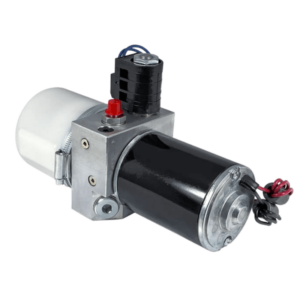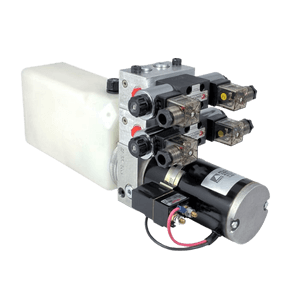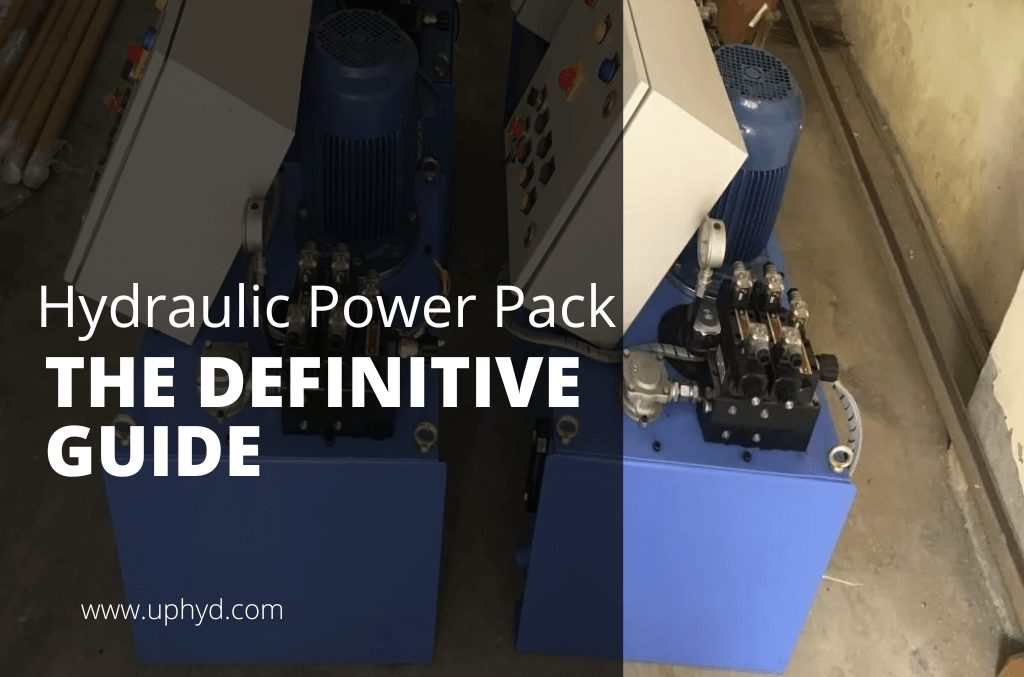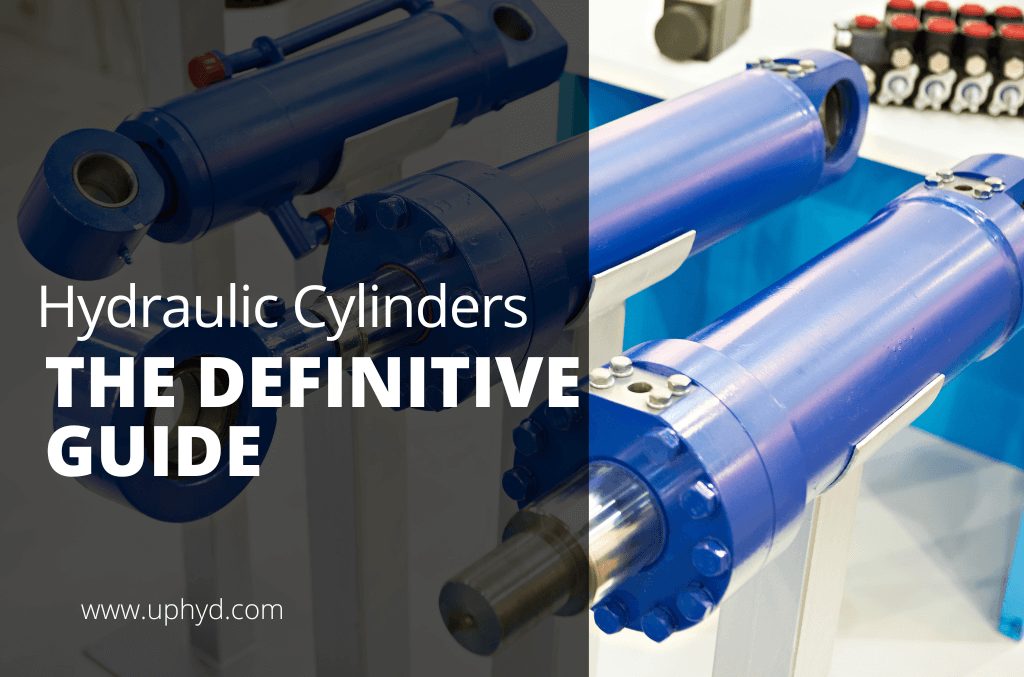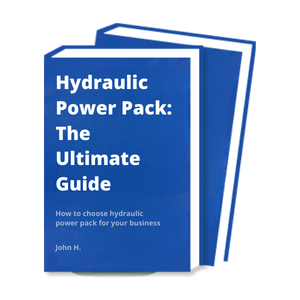PRODUCT FEATURES
Tilt Cylinder Manufacturer to Rocket Your Business
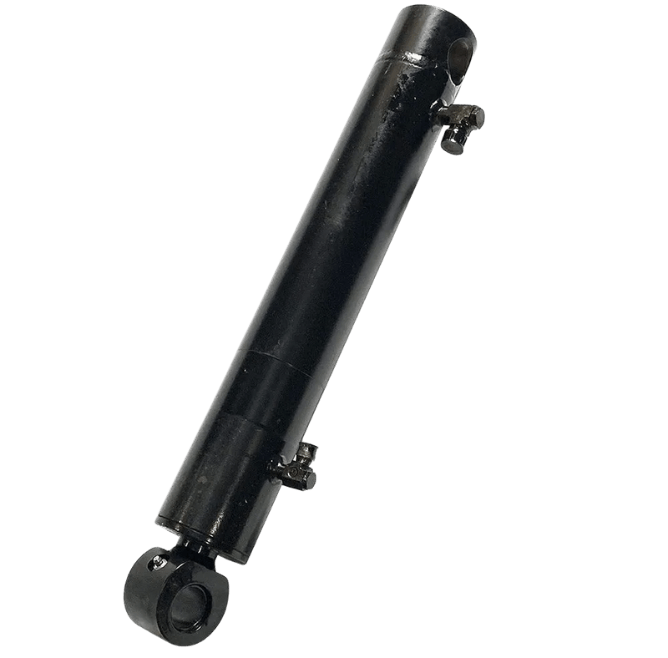
PRODUCTS
Proud To Offer a Wide Variety of Products
If you are looking for something specific that isn’t listed on our website yet, just contact us today!
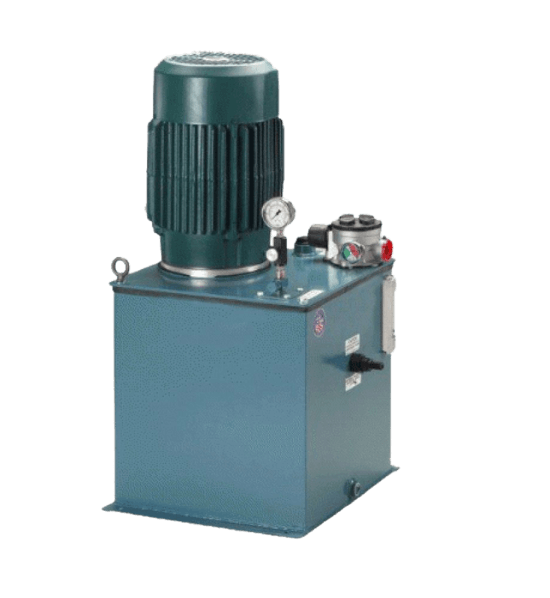
ABOUT US
Who is Uphyd.com
Uphyd.com have seen that today there are also many hydraulic power pack companies in China & internationally. However, their solutions were still stuck a few years ago.
In fact, we have been upgraded in recent years, and uphyd.com hope our smart and flexible solutions can inject fresh blood into this market.
PARTNER
Trusted by 530+ Top Companies





BUYER’S GUIDE
The Ultimate Guide to Tilt Cylinder
Tilt cylinders are such an important tool for companies that need to move heavy loads quickly and efficiently. But what exactly is a tilt cylinder? And how do you know if it’s the right piece of equipment for your business?
In this ultimate guide, we’ll answer all of your questions about tilt cylinders so you can make an informed decision about whether or not to invest in one. From the basics of tilt cylinders to steps you need to take when importing them from a manufacturer, we’ve got you covered.
So, if you’re ready to learn everything there is to know about tilt cylinders, let’s get started.
Table of contents
1. Tilt Cylinder: The Basics
A tilt cylinder is a container that can be tilted to pour its contents out. They are often used in manufacturing and construction settings to move or pour liquids or other substances. Tilt cylinders come in a variety of shapes and sizes, but they all have the same basic function: to allow users to easily dispense whatever is inside.
Tilt cylinders are typically made from steel, aluminum, or other metals. They can also be made from plastic, but these are not as common. The type of material that a tilt cylinder is made from will depend on its intended use.
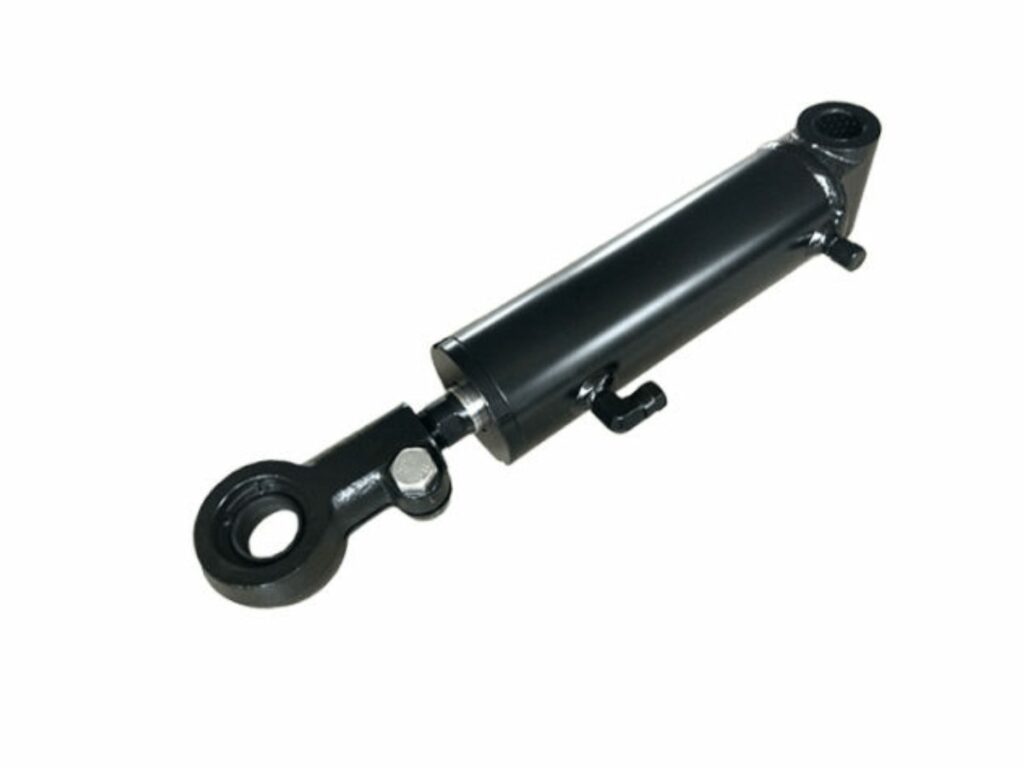
2. A Quick History
The first tilt cylinder was patented in 1892 by George W. Gibbs, and the first commercially successful model was produced in 1903. They were originally used for industrial purposes, such as pouring molten metal into molds or moving heavy loads of material.
During World War II, tilt cylinders were adapted for use in military vehicles. This allowed for more precise aiming of guns and improved the accuracy of fire. After the war, they became widely used in construction and agricultural equipment.
Today, tilt cylinders are an essential part of many machines and vehicles. They are used in a variety of applications, such as lifting and moving heavy loads, adjusting the angle of a machine, or providing hydraulic power for other purposes.
3. Main Components and Their Usage
The main components of tilt cylinders consist of a few main parts. Let’s go over these parts and their usage in more detail.
Base
The base is the part of the cylinder that is connected to the frame. It is responsible for providing support for the cylinder and keeping it in place. It is usually made from metal or plastic. The base can be mounted to a wall or ceiling, or it can be free-standing.
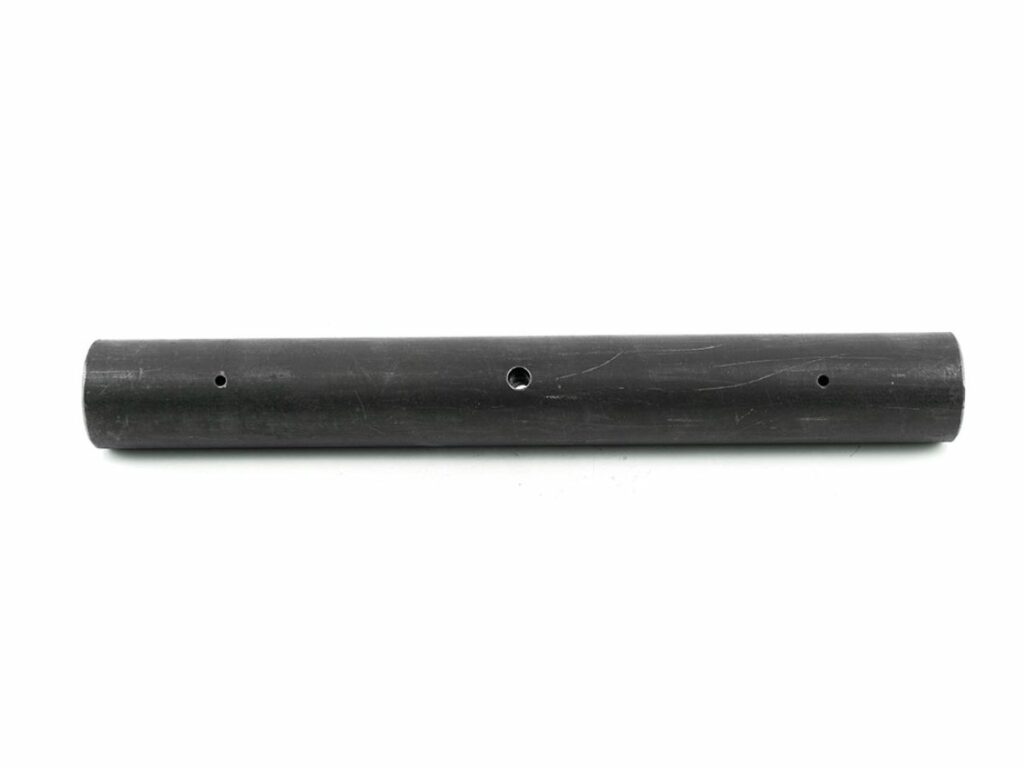
Cylinder
This is the part of the tilt hydraulic cylinder that contains the hydraulic fluid. The cylinder body is typically made from steel or aluminum. The piston is sealed inside the cylinder to prevent hydraulic fluid from leaking out.
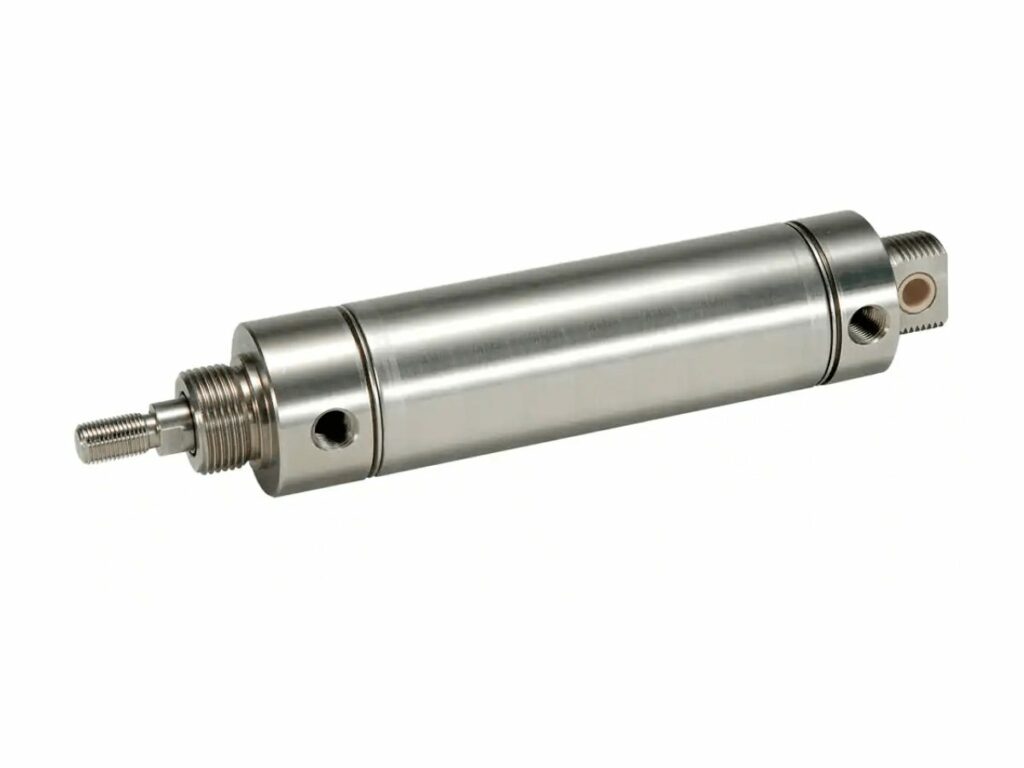
Piston
The piston is the part of the cylinder that moves up and down. It is connected to the rod, which extends out of the cylinder. The piston is sealed at the top and bottom to prevent hydraulic fluid from leaking out.
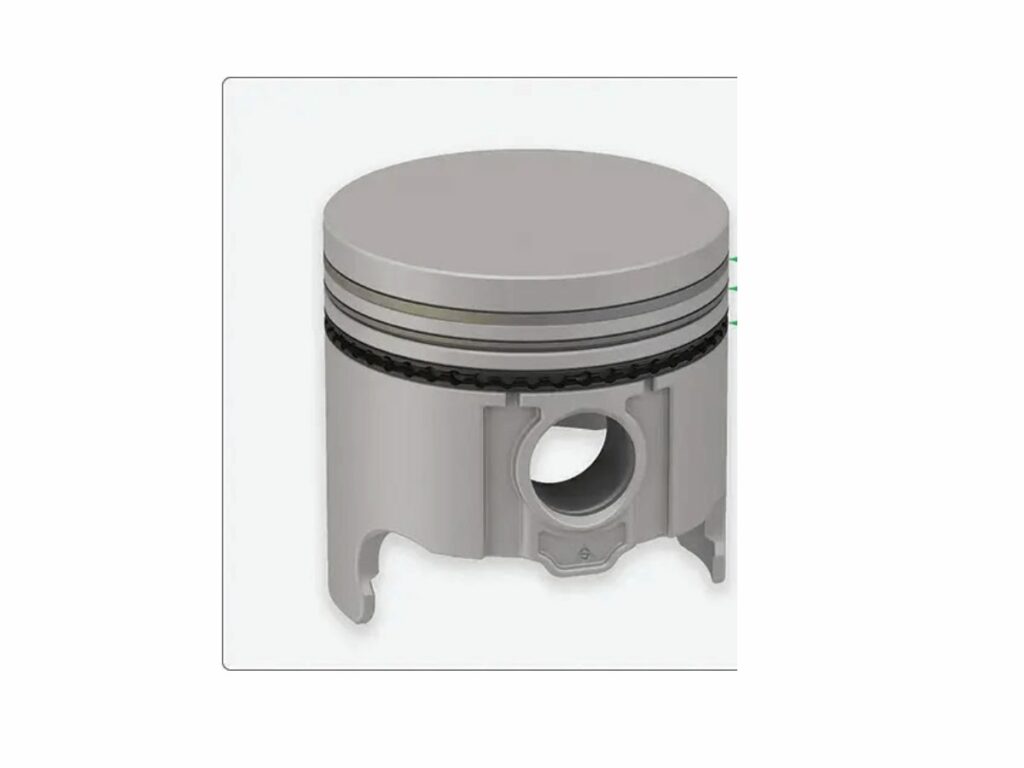
Rod
The rod is the part of the cylinder that extends out of the cylinder body. It is connected to the piston and typically has a handle on the end. The rod is used to move the piston up and down.
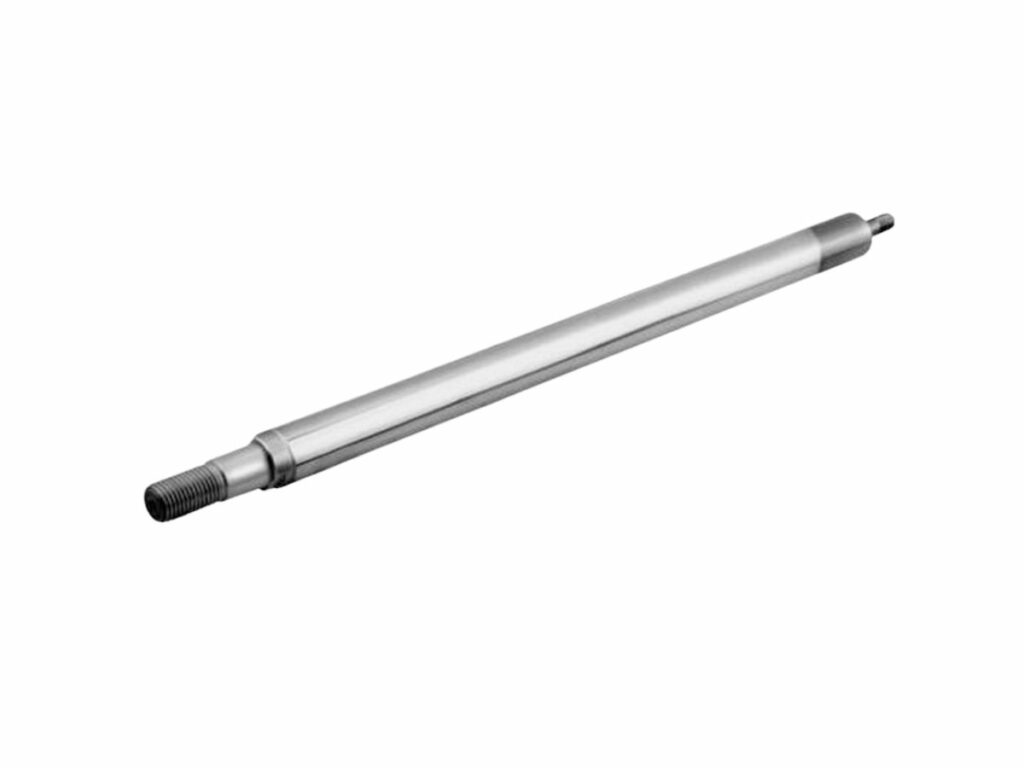
Handle
The handle is the part of the rod that is used to grip and move the rod. The handle is typically made from plastic or metal.
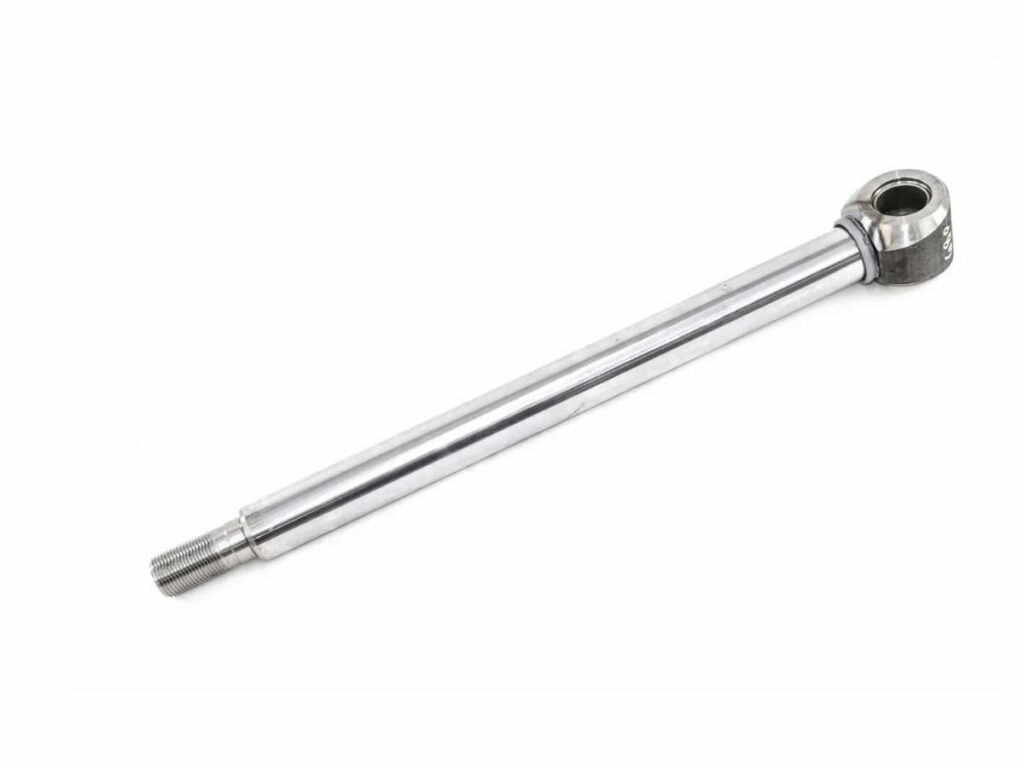
4. Advantages
When it comes to deciding whether or not to purchase a tilt hydraulic cylinder, there are many factors that come into play. One of the most important considerations is the advantages that a tilt cylinder can offer. Here are just a few of the benefits that you’ll enjoy when you choose this type of product:
| Increased Accuracy | angle of the tilt can be adjusted to perfectly |
| Better Visibility | positioned at an angle that makes it easier to see what you’re doing |
| Improved Safety | less likely to tip over |
| Lower Maintenance Costs | less likely to need repairs or replacements |
| Very Reliable | withstand a lot of use and abuse |
| Long Service Life | moving parts are not subject to as much wear and tear |
Increased Accuracy
When you’re working with a tilt cylinder, you’ll be able to achieve much greater accuracy than you would with a standard cylinder. This is because the angle of the tilt can be adjusted to perfectly match the contours of your workpiece.
Better Visibility
Another advantage of using a tilt cylinder is that it offers improved visibility. This is because the cylinder is positioned at an angle that makes it easier to see what you’re doing.
Improved Safety
Another benefit of choosing a tilt cylinder is that it can help to improve safety. This is because the device is less likely to tip over than a standard cylinder, which can be a hazard in some work environments.
Lower Maintenance Costs
Finally, you’ll enjoy lower maintenance costs with a hydraulic tilt cylinder. This is because the device is less likely to need repairs or replacements. This will save you money in the long run.
Very Reliable
Tilt cylinders are also known for being very reliable. This is because they are designed to withstand a lot of use and abuse. They are also built to last, so you can rest assured that your investment will pay off in the long run.
Long Service Life
A tilt cylinder is also likely to have a longer service life than a standard cylinder. This is because the moving parts are not subject to as much wear and tear.
5. 6 Industrial Application
A tilt cylinder is a versatile tool that can be used in a variety of industries. In this part, we will explore some of the most common applications for hydraulic tilt cylinders.
#1 Construction
Tilt cylinders are part of the machinery that helps to level and grade land during construction projects. The cylinders are used to raise and lower the blade of a bulldozer or excavator. This allows for precise leveling of the ground, which is essential for large construction projects.
#2 Mining
Hydraulic tilt cylinders are also utilized in the mining sector. They are used to raise and lower mining equipment, such as drills and crushers, and allow for precise equipment placement.
#3 Manufacturing
Tilt cylinders not only contribute to a smooth-running factory but also precise handling of production line parts. By being able to raise and lower specific areas, it allows for greater attention to detail in the manufacturing process.
#4 Agricultural
Equipment such as tractors and combines are equipped with hydraulic tilt cylinders. This allows farmers to adjust the blade or plow on their equipment to ensure an accurate and efficient field preparation process.
#5 Automotive
In the automotive industry, tilt cylinders are used in the assembly process of vehicles. The cylinders are used to raise and lower parts of the vehicle during the assembly process. This allows for a more efficient and precise assembly process.
#6 Aerospace
Aerospace is another industry that utilizes hydraulic tilt cylinders. They are used in the construction of aircraft and space vehicles. The cylinders help to raise and lower parts during the construction process, which helps to ensure a precise and accurate build.
6. How Much Does It Cost?
In general, you can expect to pay anywhere from $50 to $200 for a good quality hydraulic tilt cylinder. Of course, there are still factors that will affect the price, such as the brand and the specific features that you’re looking for.
If you’re looking to buy a hydraulic tilt cylinder, there are a few different places you can go. You can purchase them directly from the manufacturer, or you can find them at most major hardware stores. You can also find them online, but be sure to do your research before purchasing from an online retailer.
7. 7 Steps on How to Import From Manufacturer
Now that you know what a tilt cylinder is, it’s time to learn how to import them from their manufacturer. Here are the steps you need to take:
Step#1 Research the Market and Find a Manufacturer
First, you need to understand the market and find a reputable manufacturer. There are many manufacturers of tilt cylinders, but not all of them are created equal. You need to find a manufacturer that has a good reputation and that offers quality products.
One manufacturer you can check out is Uphyd. We offer a wide range of tilt cylinders and have a good reputation in the industry. Contact us today to know more about our products and services!
Step#2 Compare the Prices and Choose the Best Option
Once you’ve found a few manufacturers, it’s time to compare their prices. This is important because you want to make sure you’re getting the best deal possible. You don’t want to overspend on your tilt cylinders, but you also don’t want to under-buy and end up with an inferior product.
Step#3 Request Samples and Test Them Out
After you’ve compared prices and found a manufacturer you’re happy with, it’s time to request samples. This is important because you want to make sure the quality of the product is up to your standards. Once you’ve received the samples, test them out to see if they meet your expectations.
Step#4 Place Your Order and Make Payment
Now that you’re happy with the quality of the product, it’s time to place your order. Make sure to specify the quantity you need and the delivery date. When importing tilt cylinders, you need to pay attention to the terms of payment. Most manufacturers will require a 50% deposit before starting production.
Step#5 Arrange Shipping and Delivery
This is usually done through a freight forwarder. Make sure to specify the type of shipping you need (e.g. air, sea, etc.) and the delivery date. The freight forwarder will then take care of everything else.
Step#6 Pay Necessary Charges
Depending on your country’s import regulations, you may need to pay some charges and taxes. These fees are typically calculated based on the value of the shipment.
Some of the fees you can expect are:
- Import duties
- VAT
- Customs clearance fee
Step#7 Receive Your Shipment
Once you’ve already paid all the necessary fees, your shipment will finally arrive. Inspect the tilt cylinders to make sure they’re in good condition and that there are no damaged units. Don’t be afraid to contact the manufacturer if there are any problems with your order.
8. 6 Buying Tips to Consider
When looking for the perfect tilt cylinder for your needs, there are a few key factors you’ll want to keep in mind. Here are 6 tips to help you choose the best option:
#1 Purpose
First and foremost, you’ll need to consider what the tilt cylinder will be used for. Are you looking for a heavy-duty option to support a large load? Or do you need something more lightweight and compact for easy maneuverability? Knowing the intended purpose of the tilt cylinder will help you narrow down your choices.
#2 Capacity
Make sure to choose an option that can support the weight of your load. Otherwise, you run the risk of damaging the tilt cylinder or worse, causing an accident. Tilt cylinders can handle loads ranging from 5kg to over 50kg, so be sure to pick the right one for your needs.
#3 Size
Size is another important consideration when choosing a tilt cylinder. You’ll need to make sure that the tilt cylinder you select can fit in the space you have available. Measure the area where you’ll be using the tilt cylinder and compare it to the dimensions of the options you’re considering.
#4 Material
Tilt cylinders are typically made from either aluminum or steel. Each material has its benefits and drawbacks that you’ll need to consider. Aluminum is lightweight and corrosion-resistant, while steel is more durable and can handle heavier loads.
#5 Mounting Type
There are two main types of tilt cylinders: side-mount and bottom-mount. Side-mount cylinders are more compact, while bottom-mount cylinders provide more stability. Choose the option that best suits your needs.
#6 Budget
Of course, you’ll also need to consider your budget when selecting a tilt cylinder. Tilt cylinders can range in price, so be sure to set a realistic budget before you start shopping.
Want to know how hydraulic cylinders are made? This video is perfect for you!
9. Conclusion
Tilt cylinders are a versatile and essential piece of equipment for many industries. When choosing a tilt cylinder, working with the right manufacturer is key to finding the perfect option for your needs.
At Uphyd we offer a wide range of high-quality tilt cylinders to suit any need. Contact us today to learn more about our products and get started on finding the perfect tilt cylinder for your application.
FEATURE BLOGS
READY TO LEARN MORE?
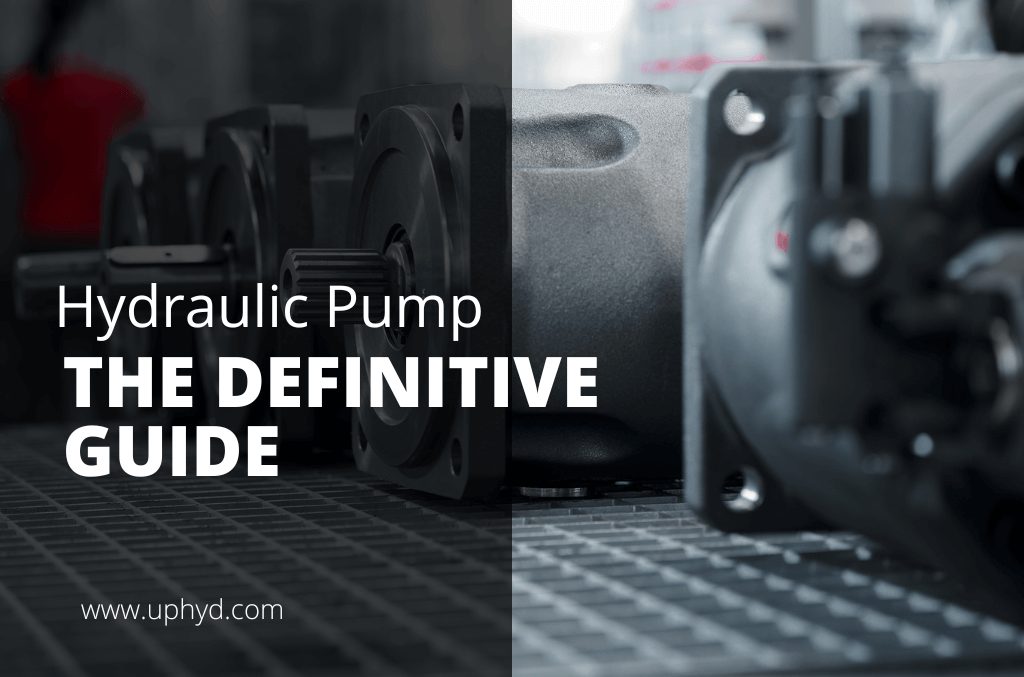
Find everything you need to know about hydraulic pumps in this comprehensive guide.


